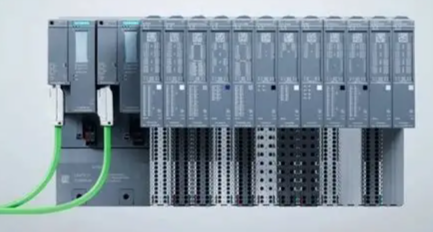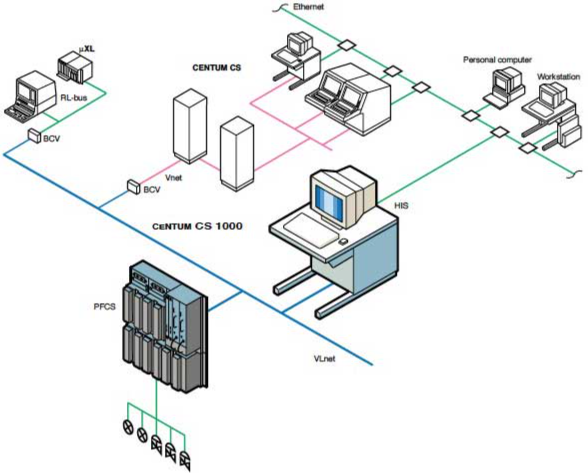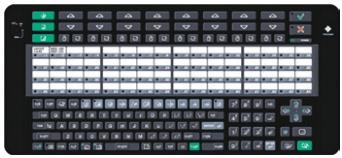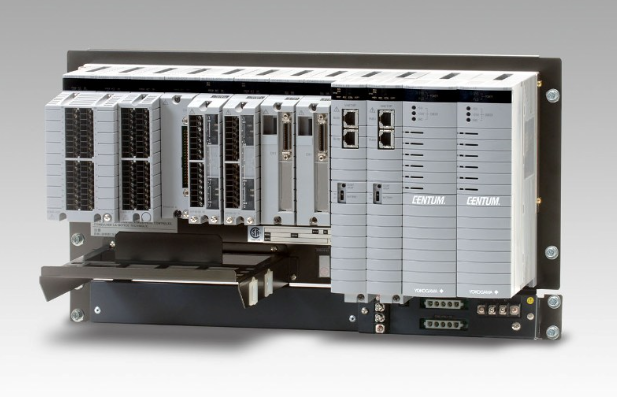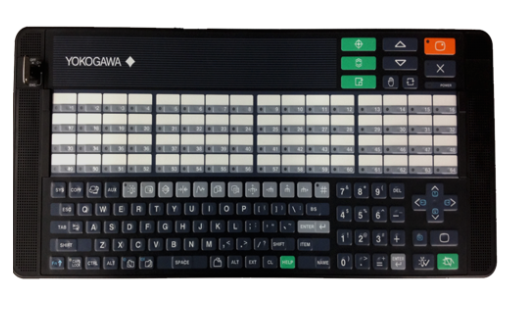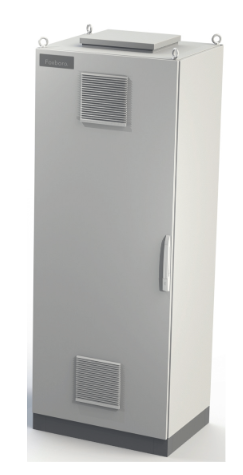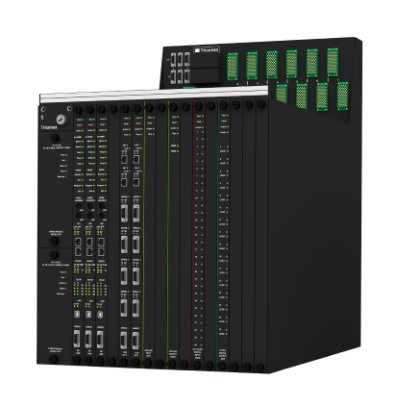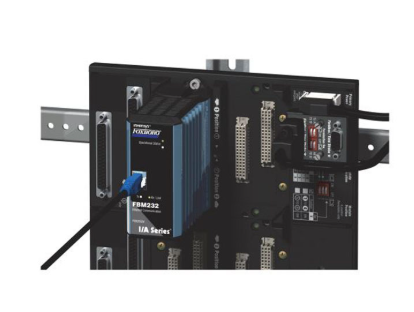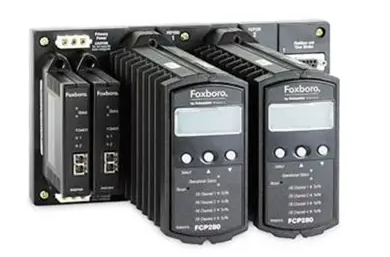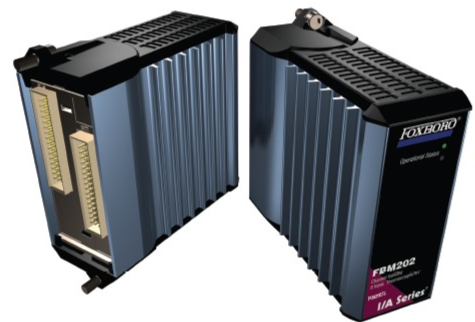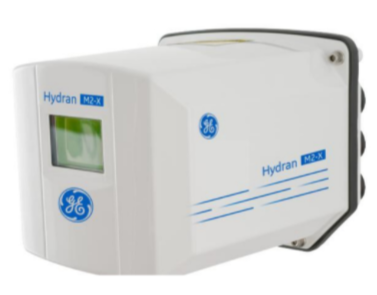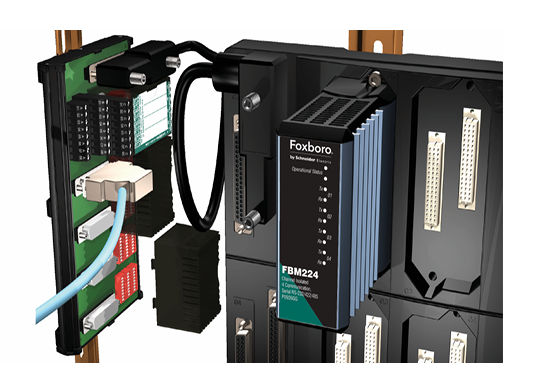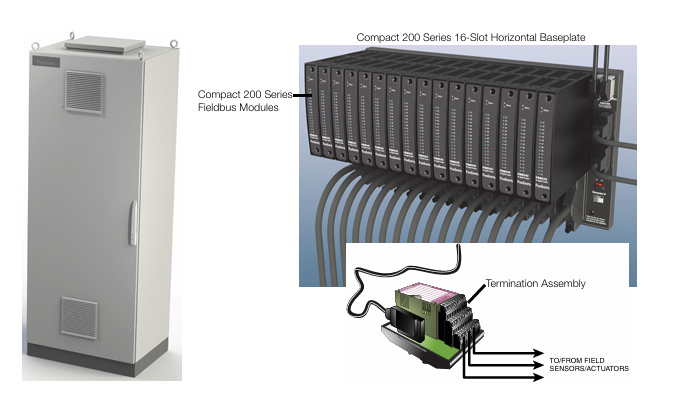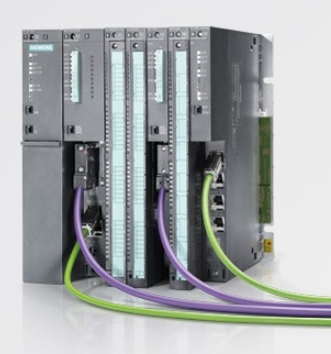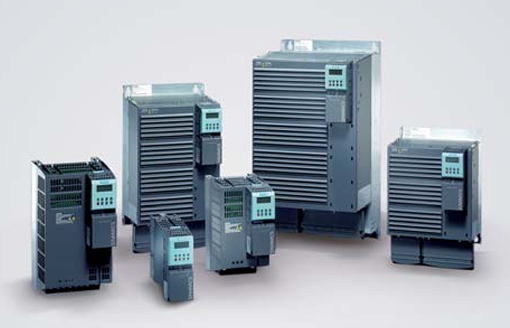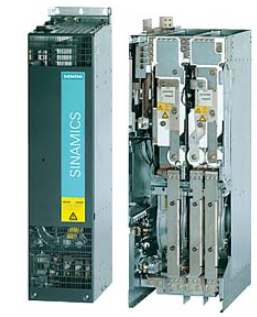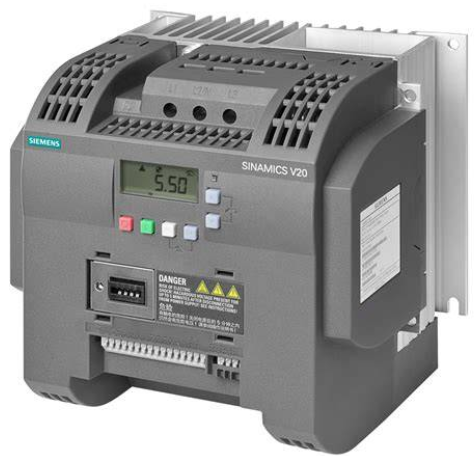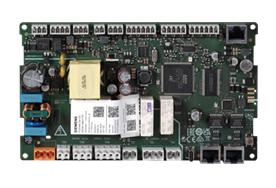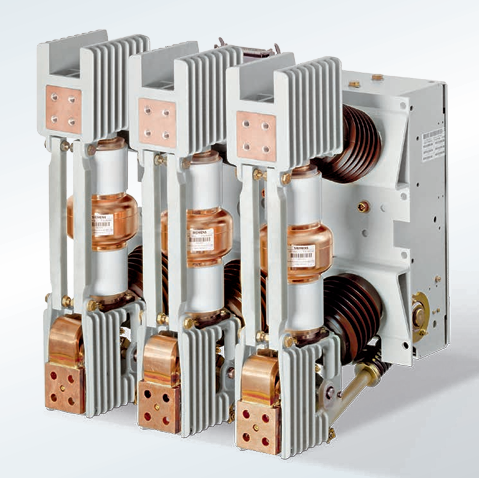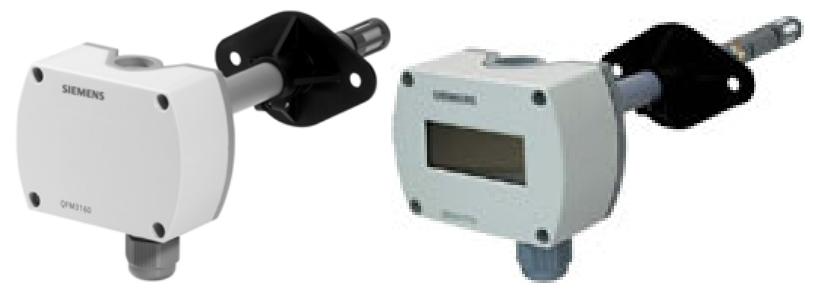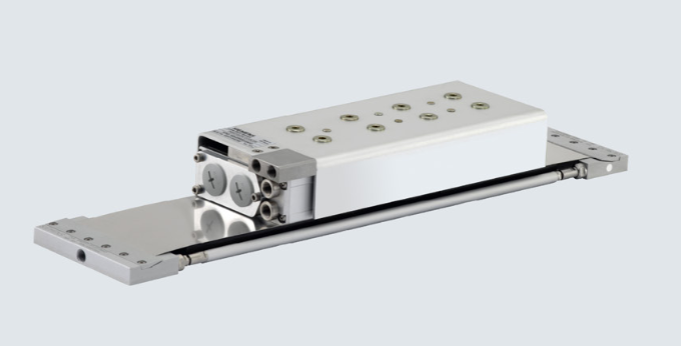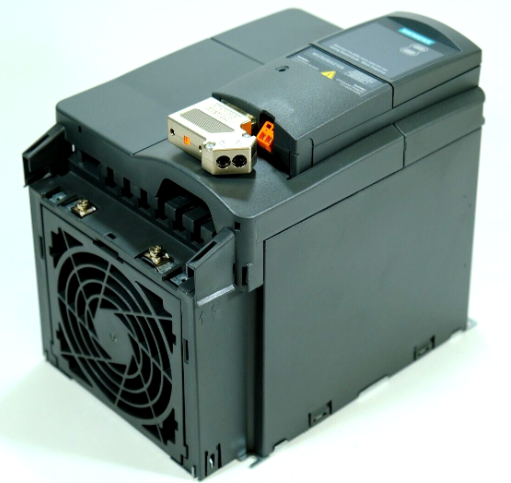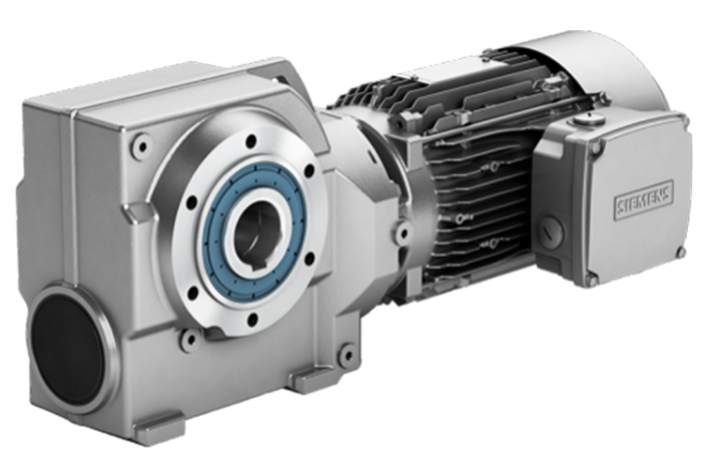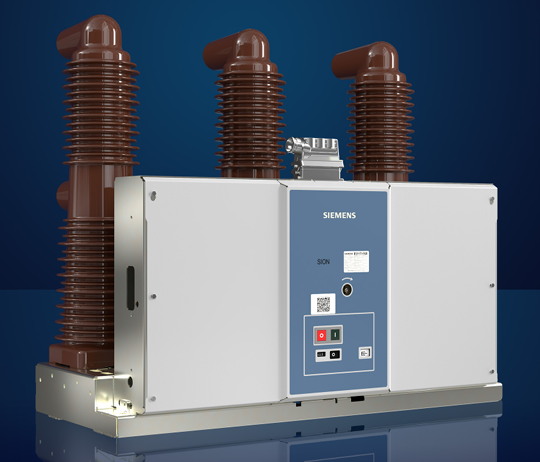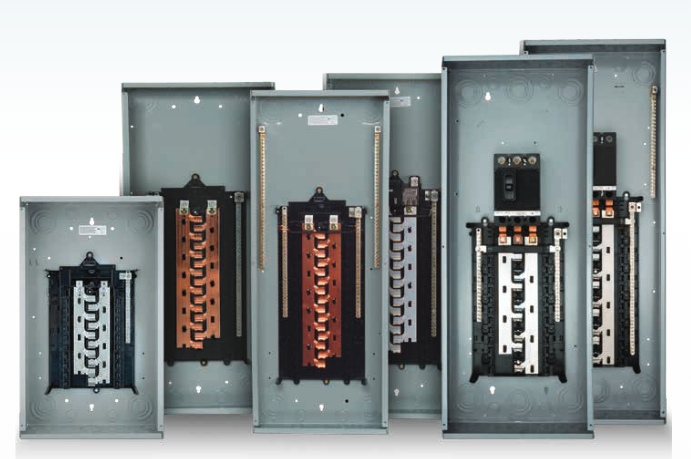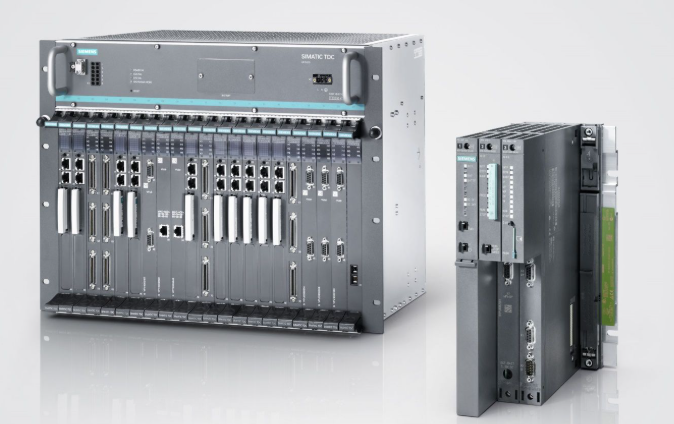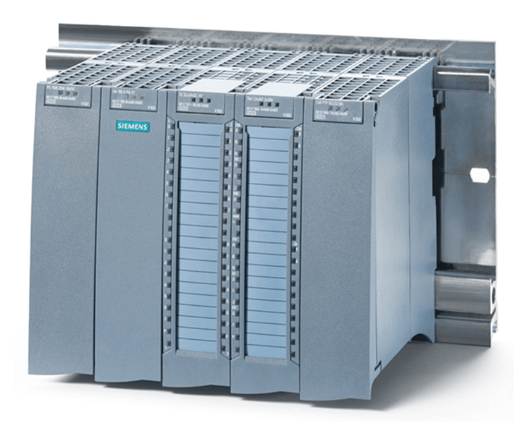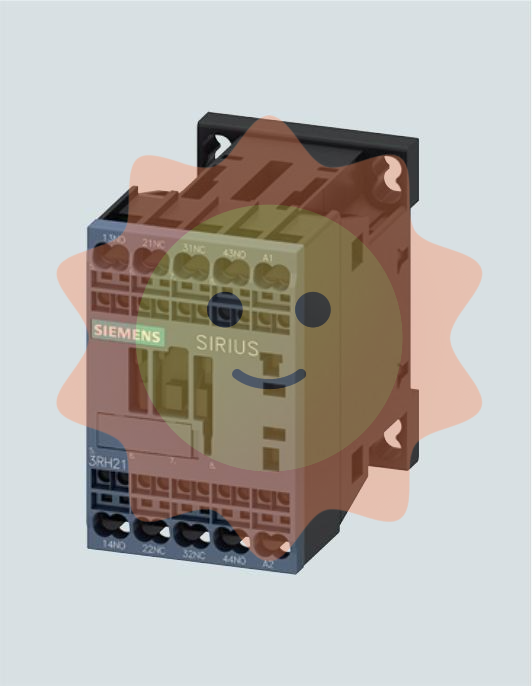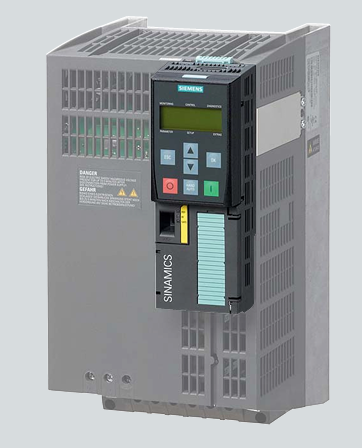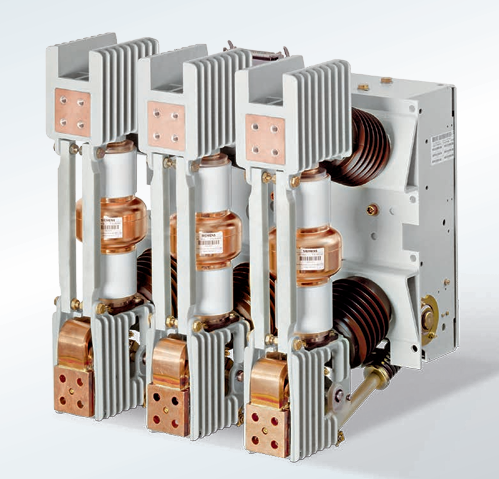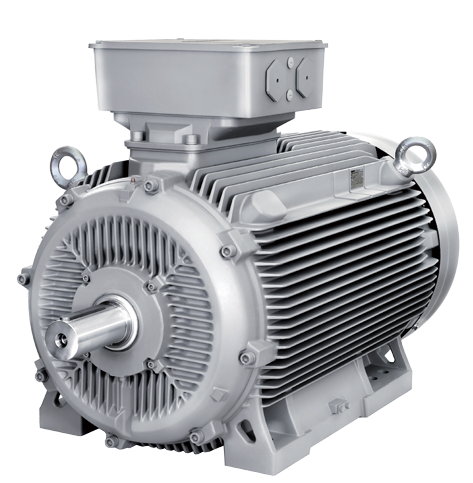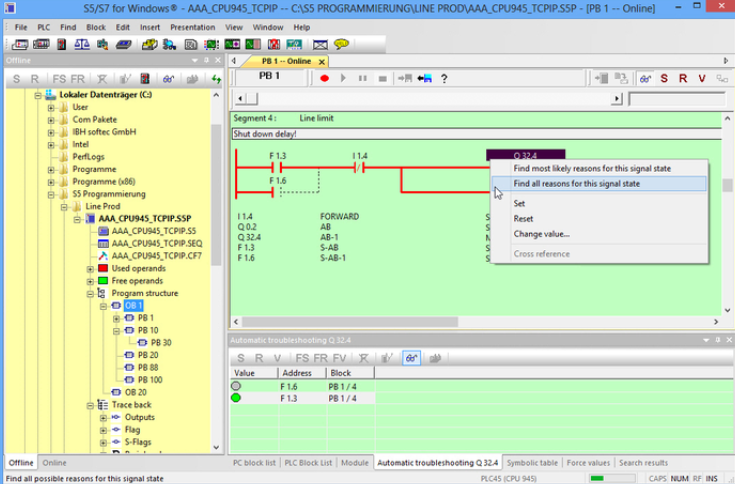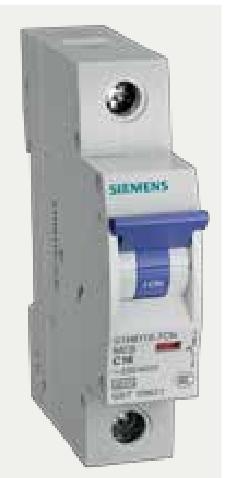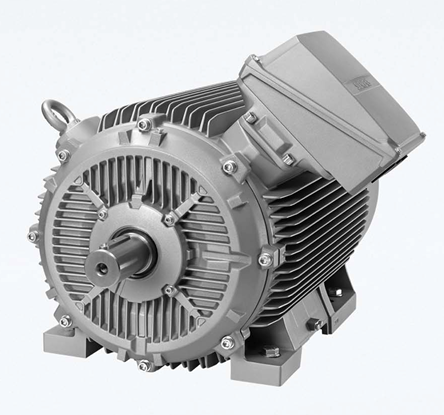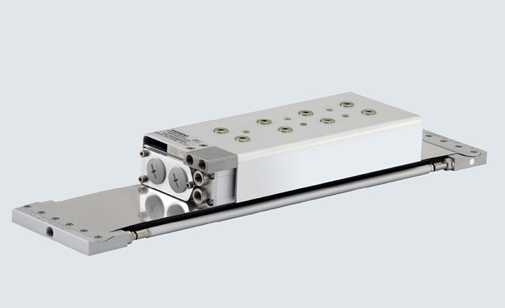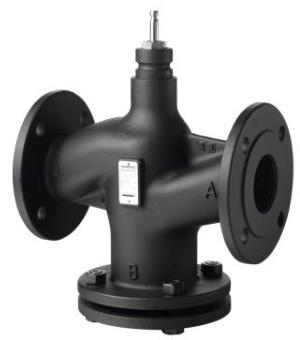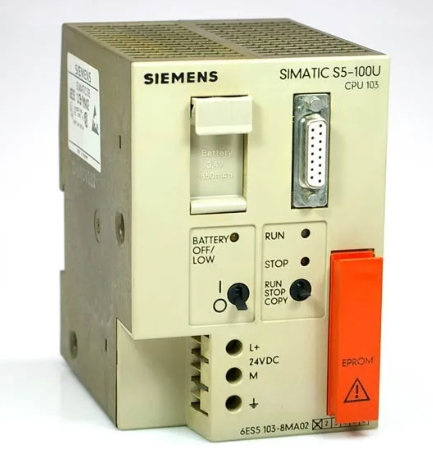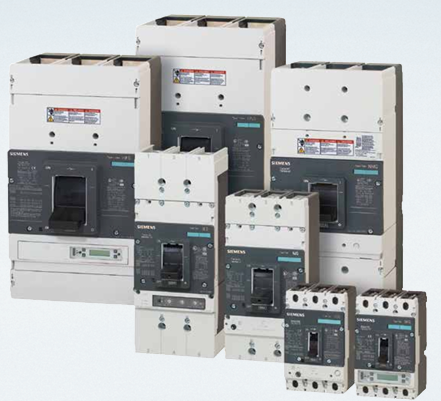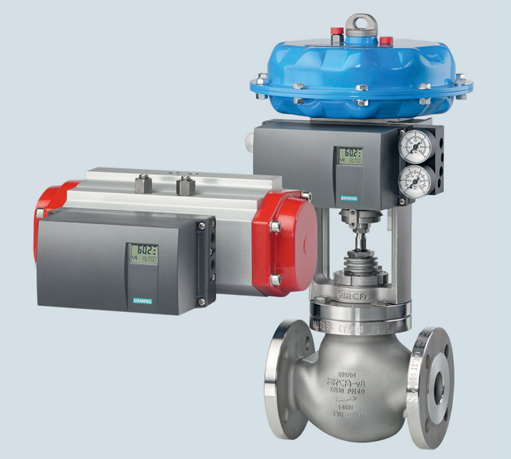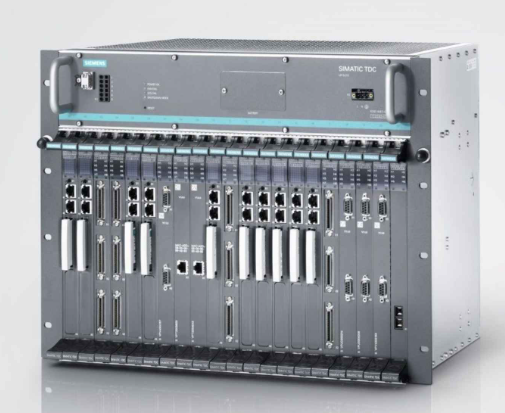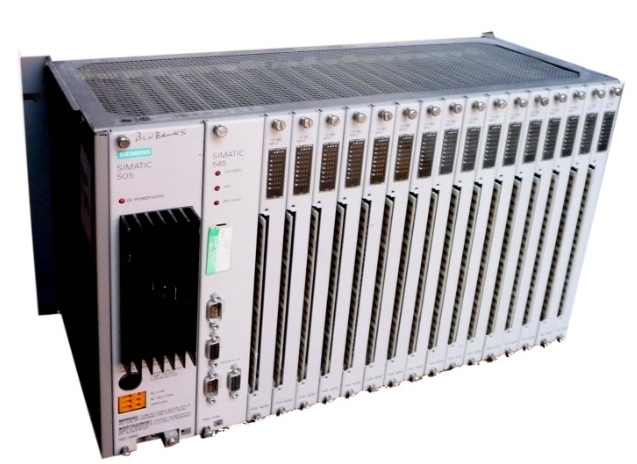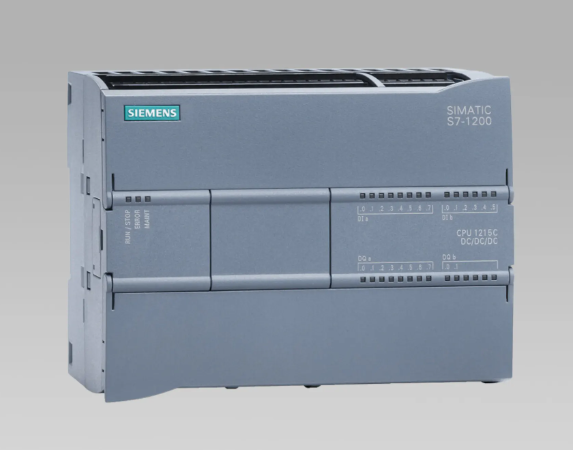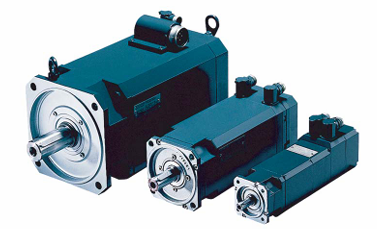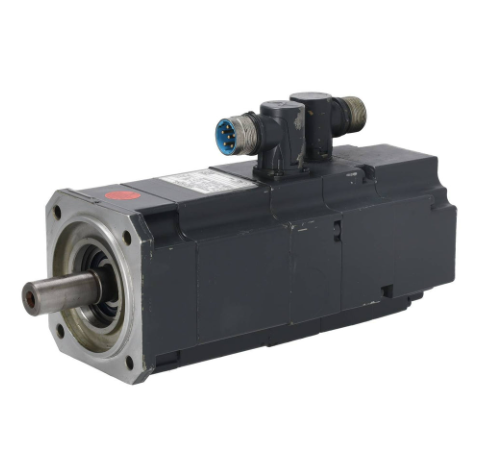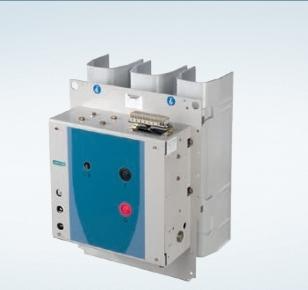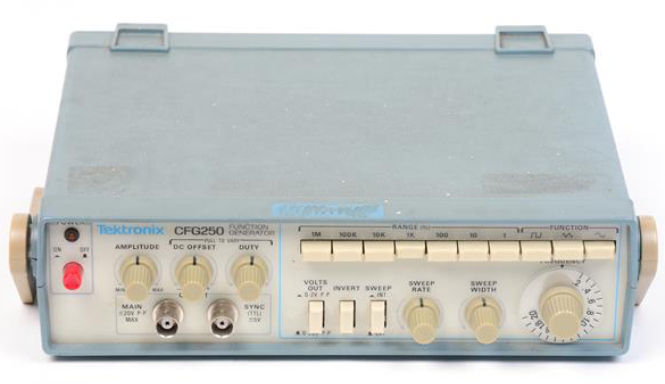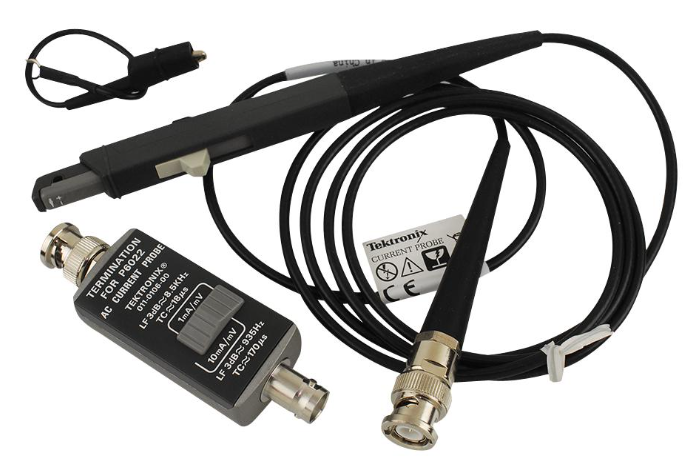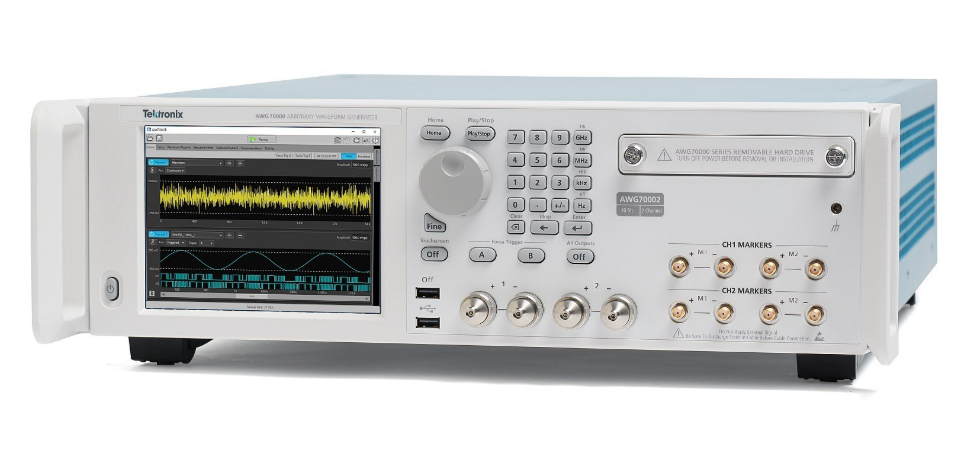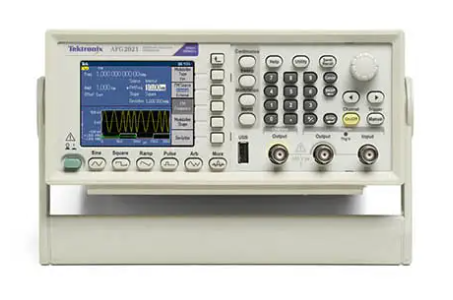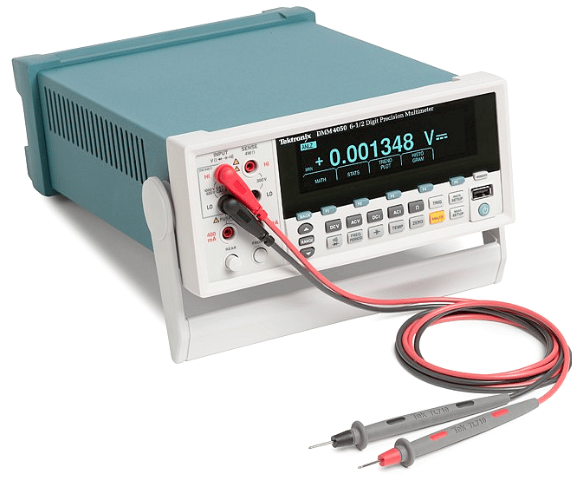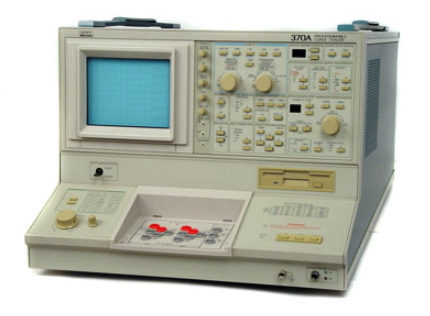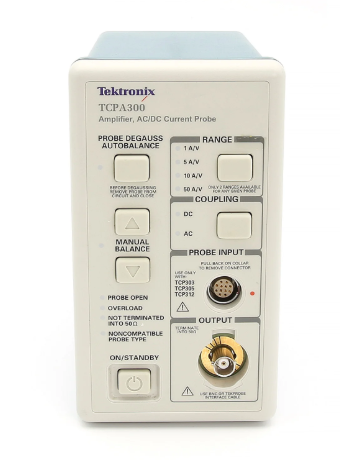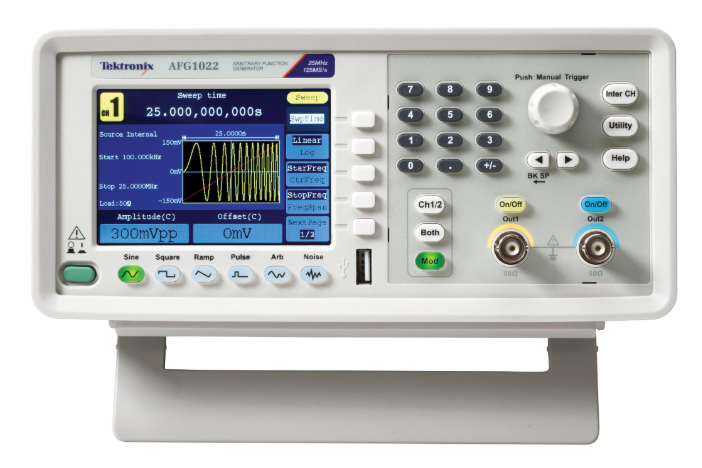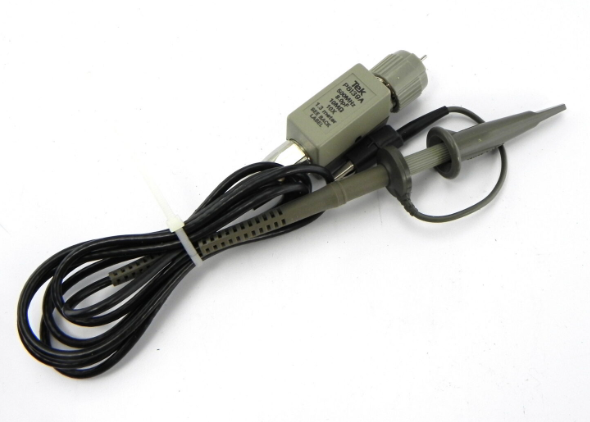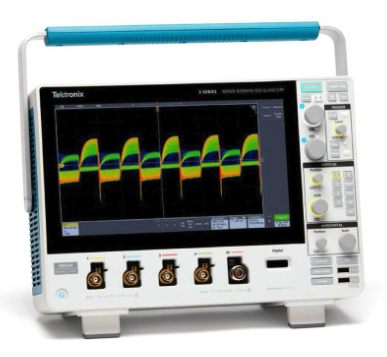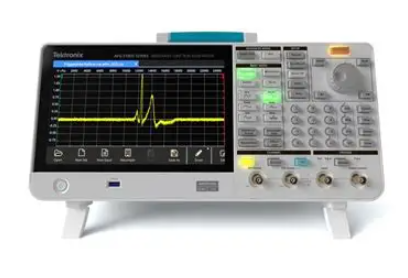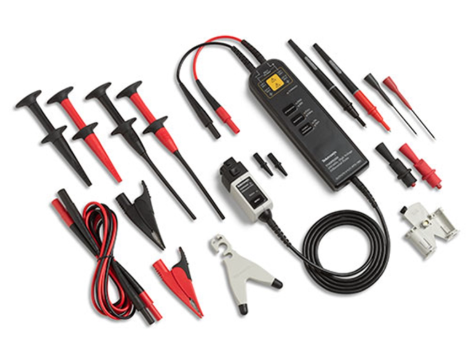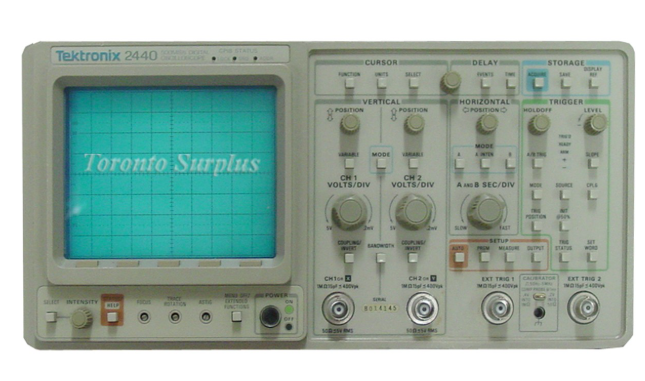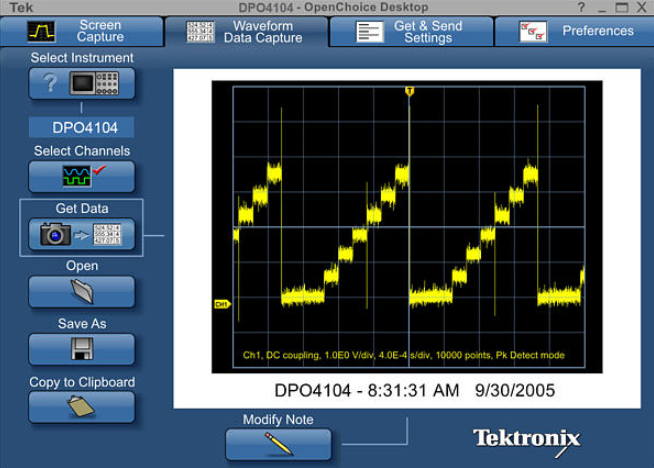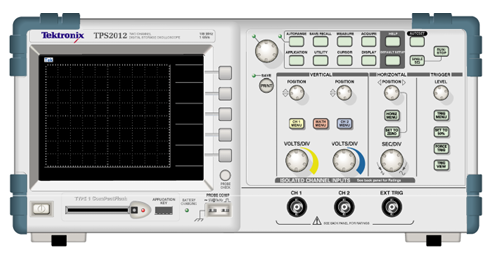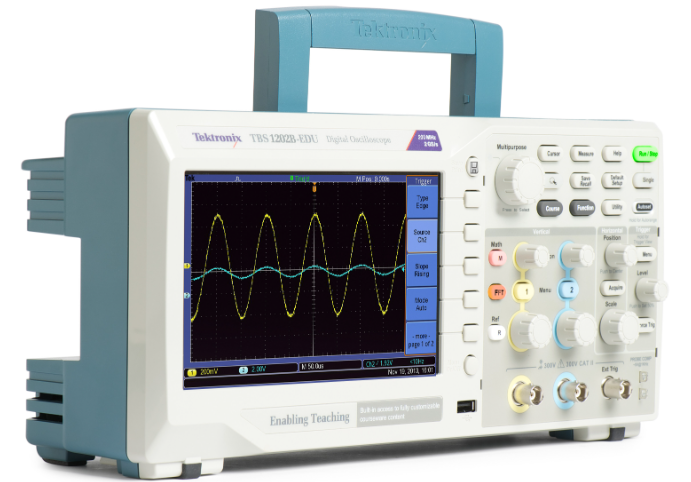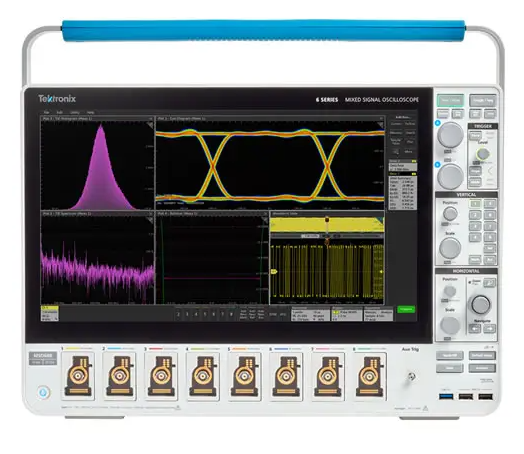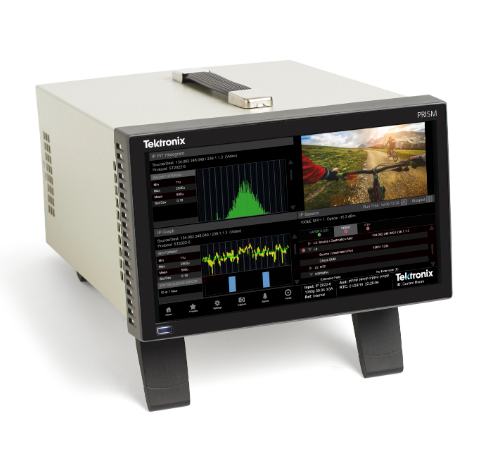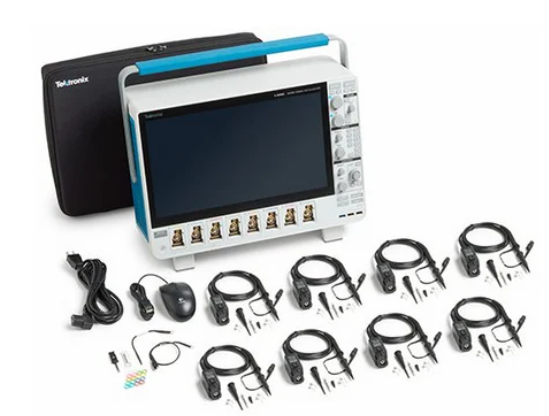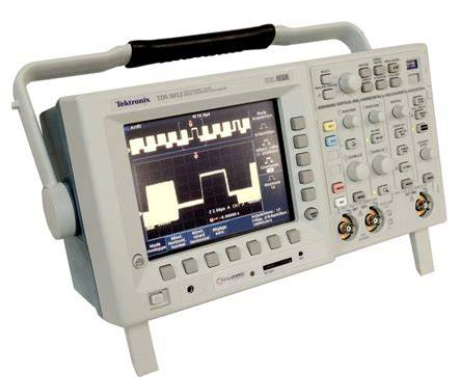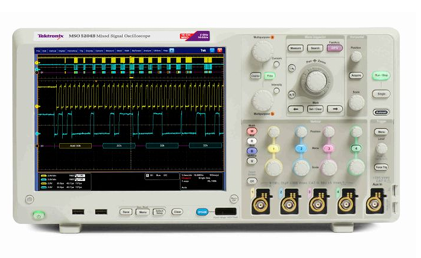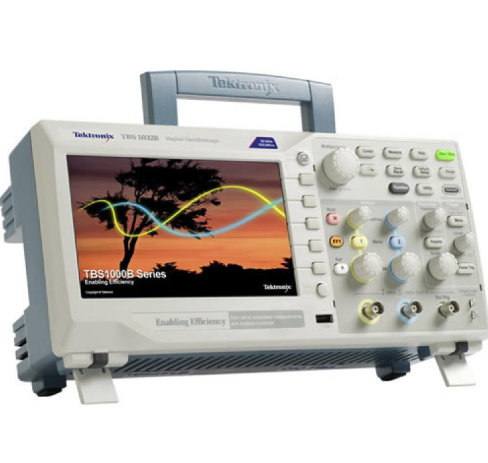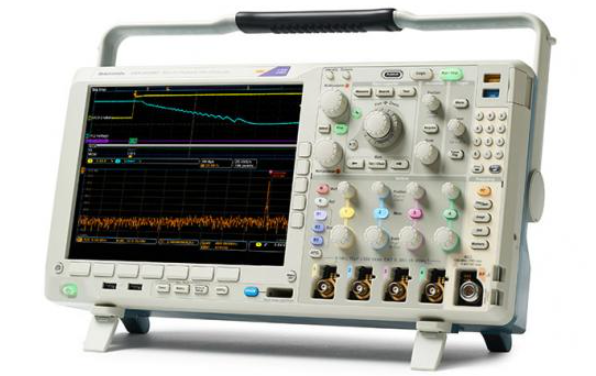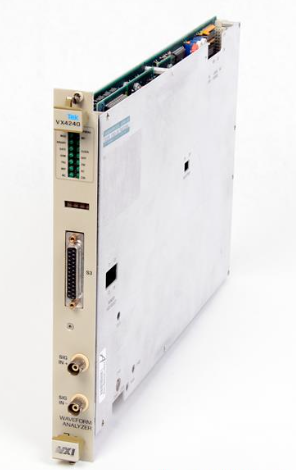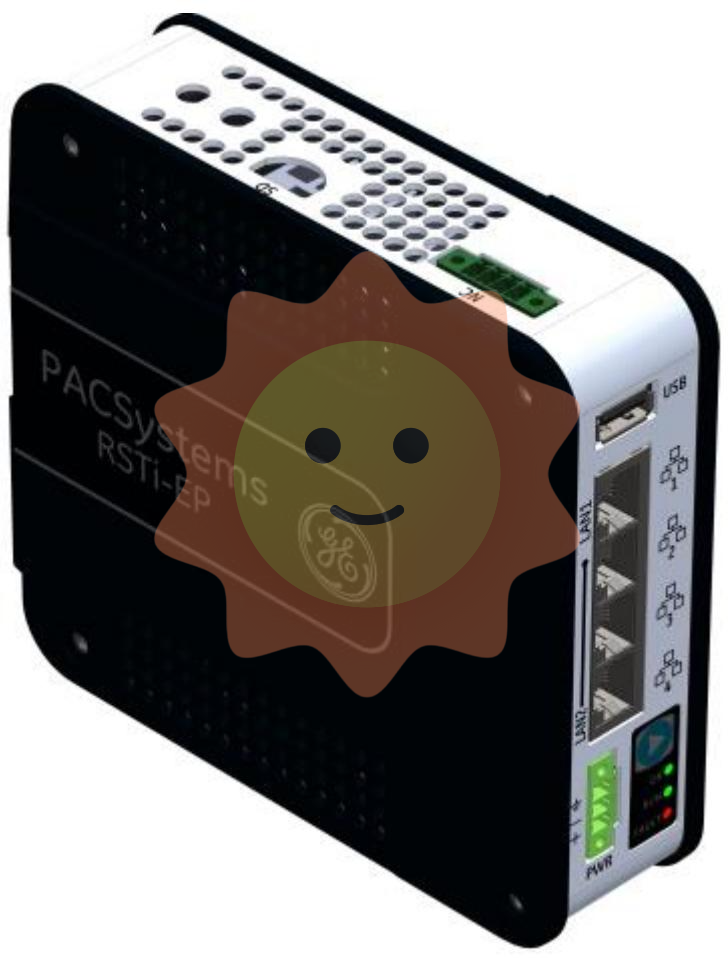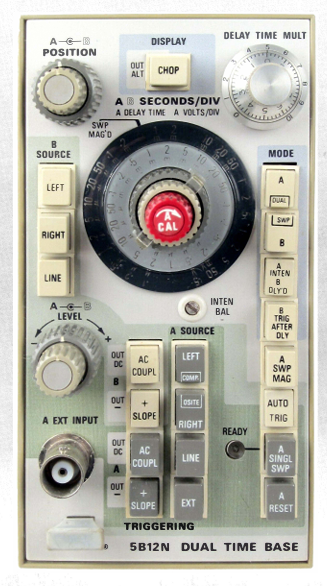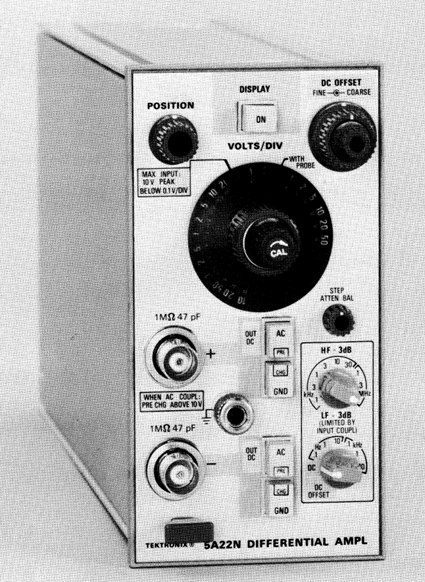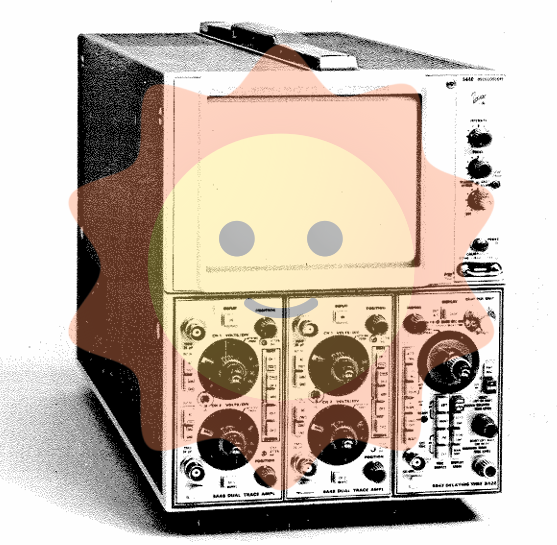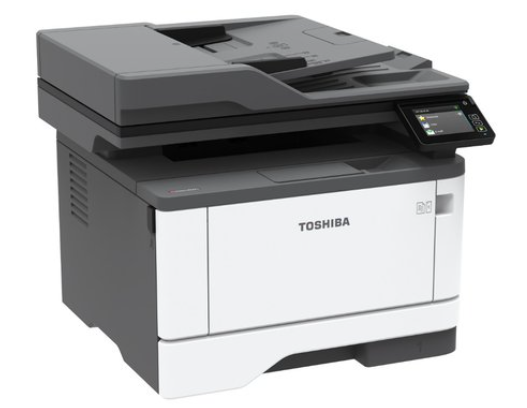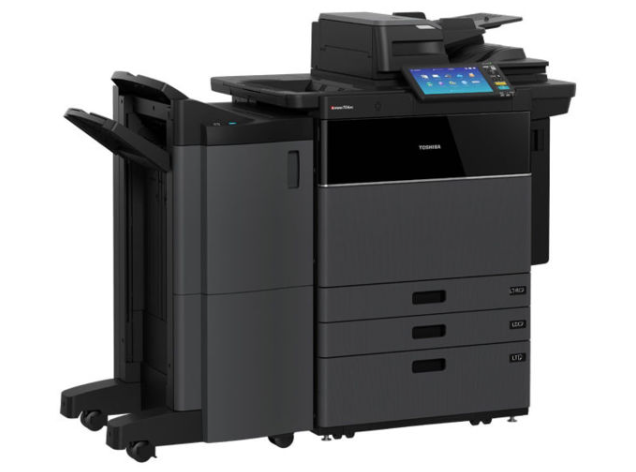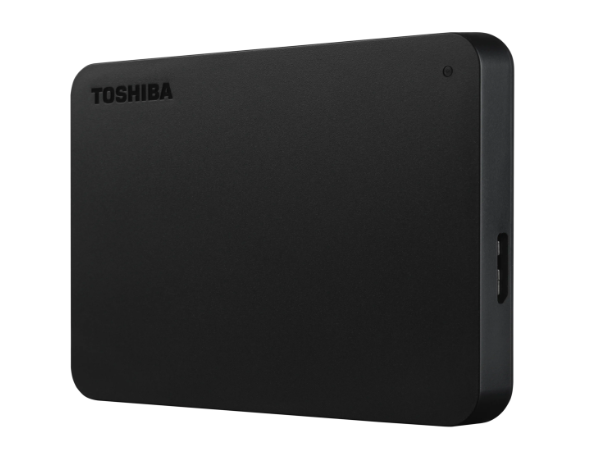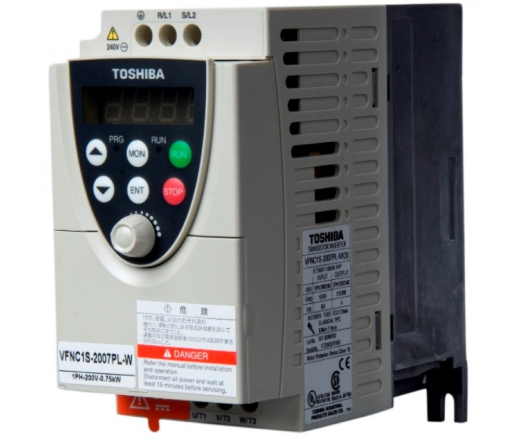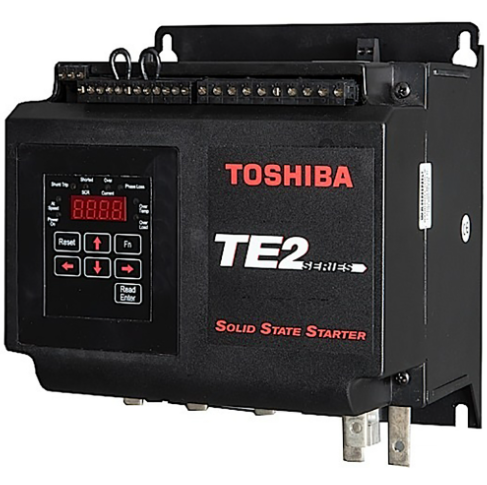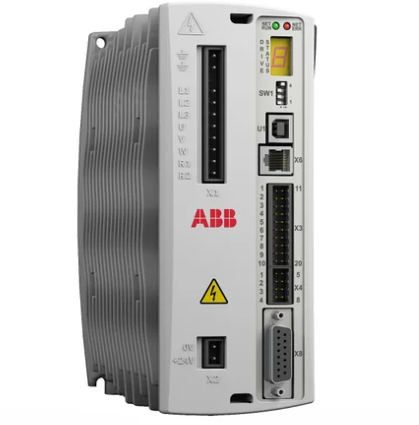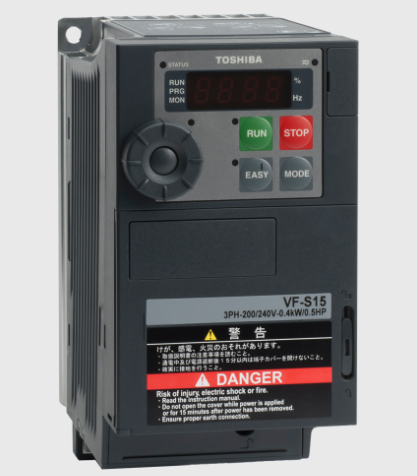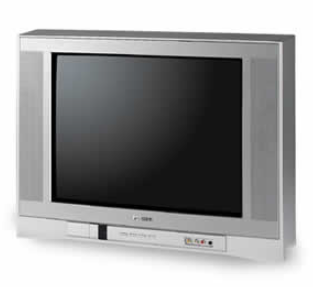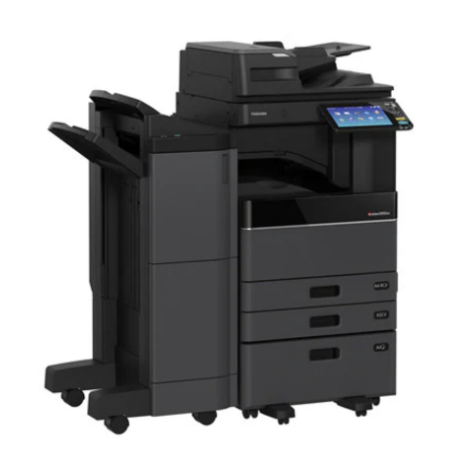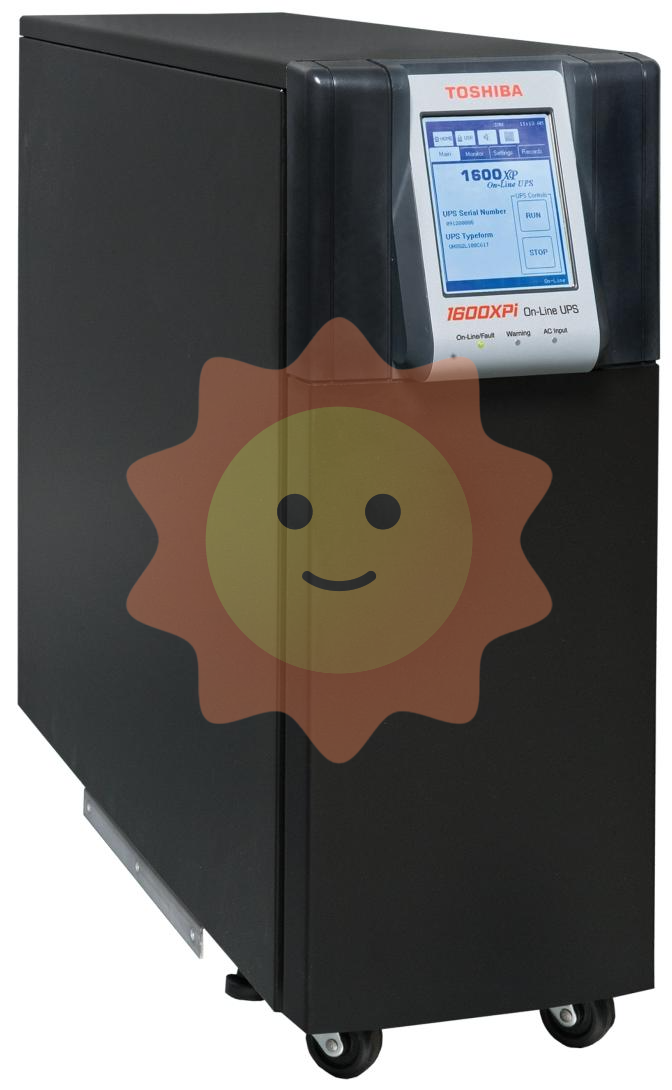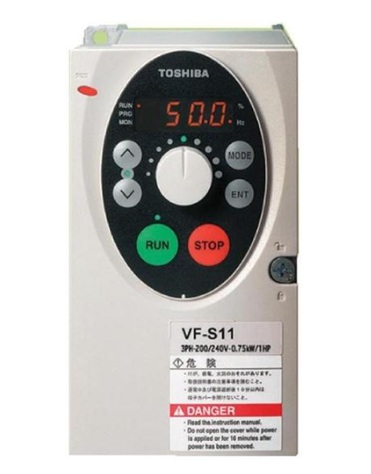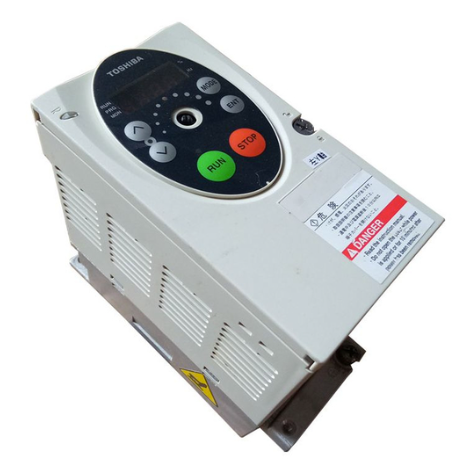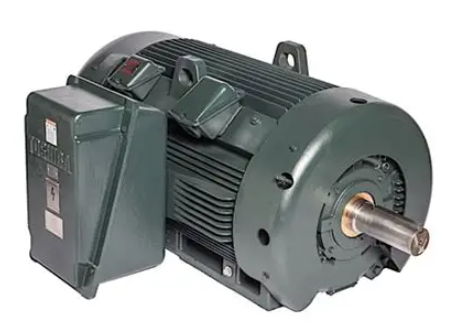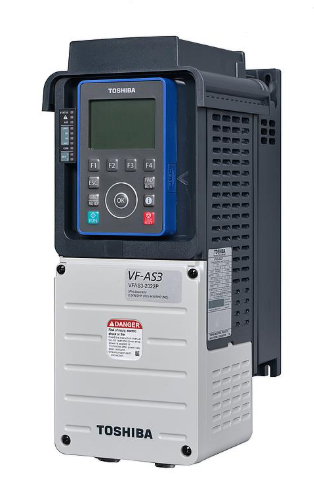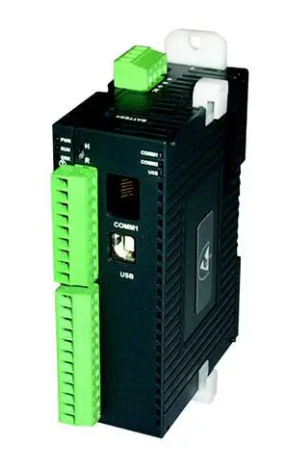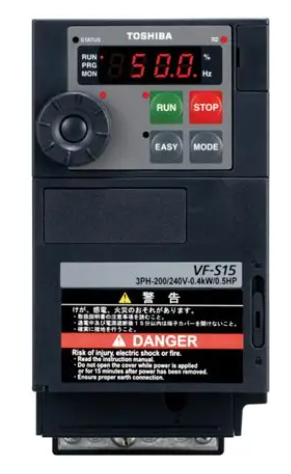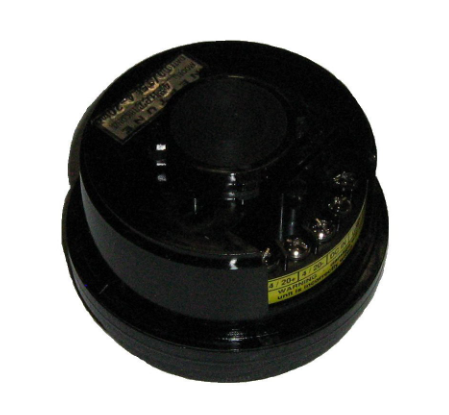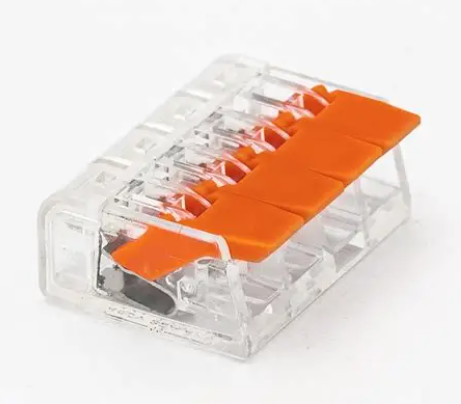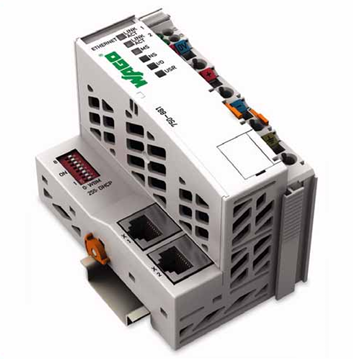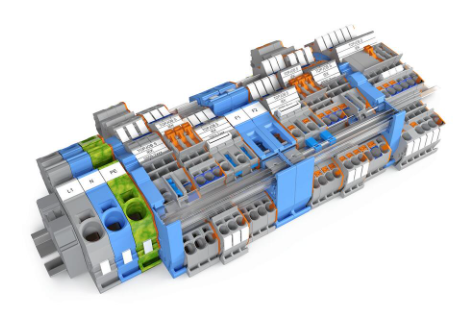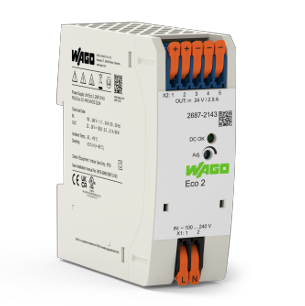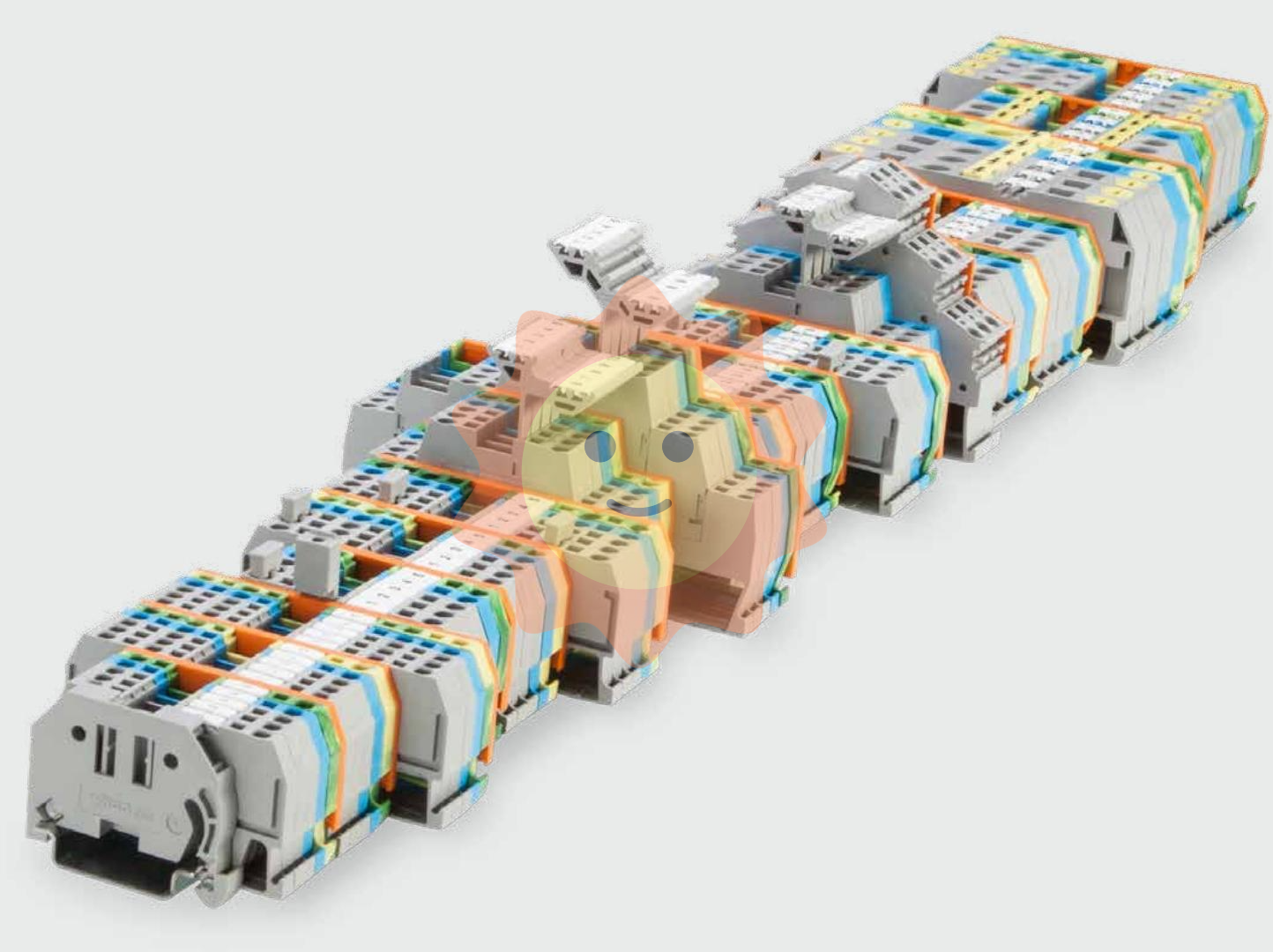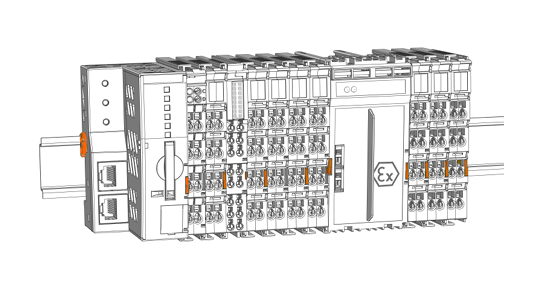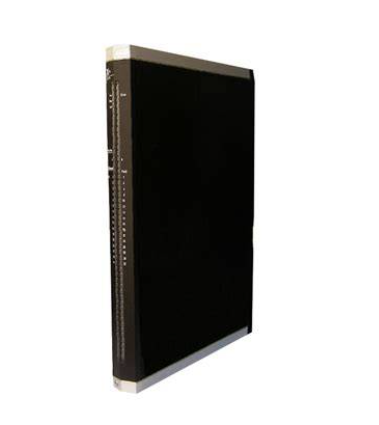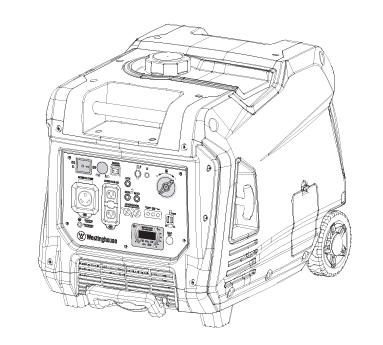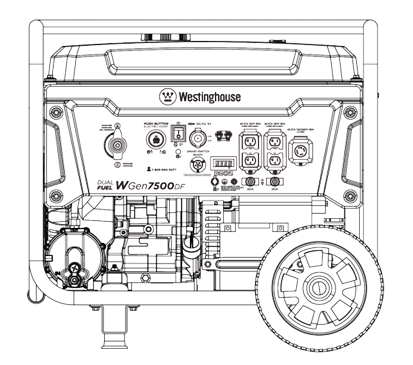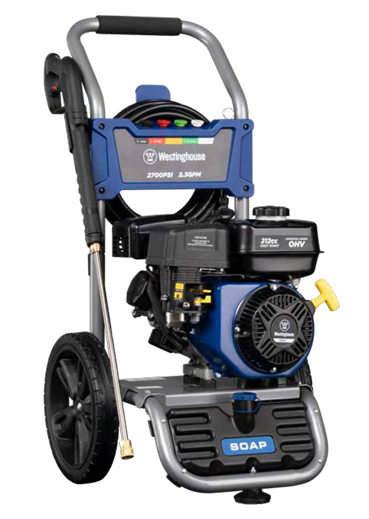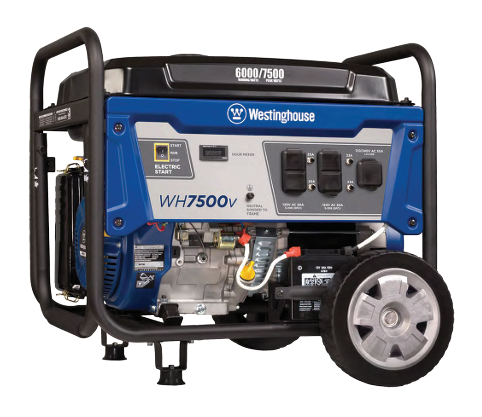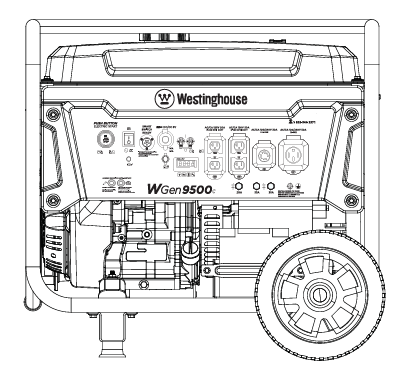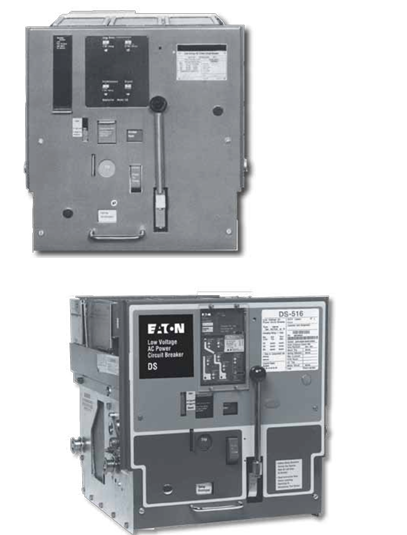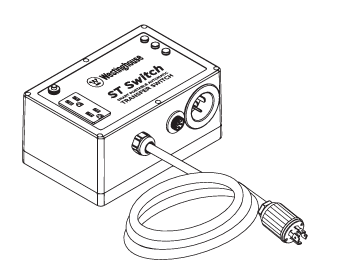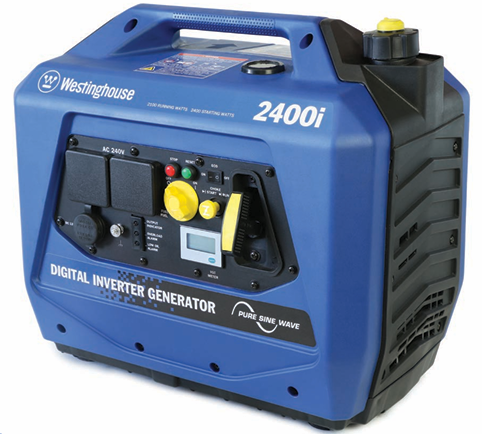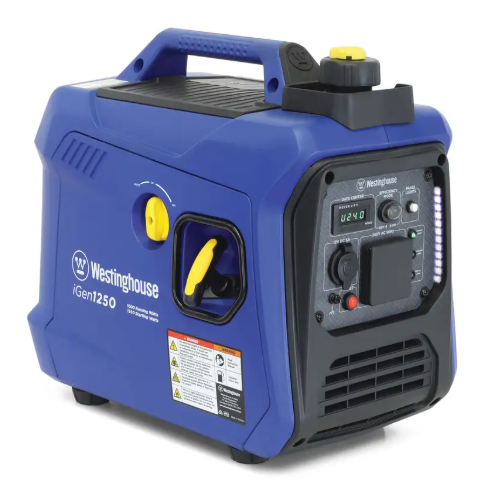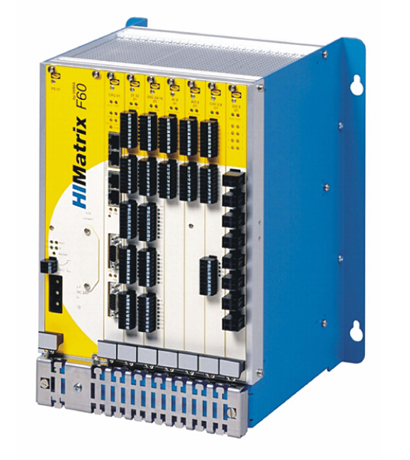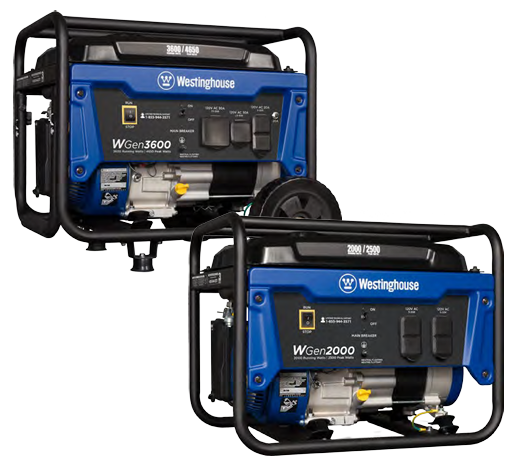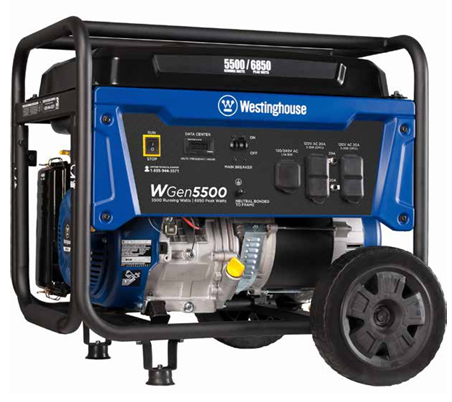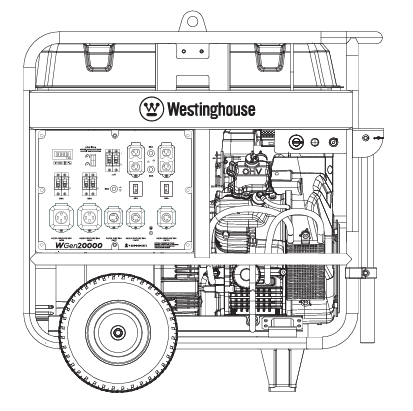HONEYWELL CC-PFB401 51405044-175 Fieldbus Interface Module
HONEYWELL CC-PFB401 51405044-175 Fieldbus Interface Module
Product Overview
The module is a fieldbus interface module from Honeywell designed for industrial automation. It supports a wide range of fieldbus protocols and is capable of seamlessly connecting and communicating with a wide range of devices and systems. It is designed to improve the data transmission efficiency and information accuracy of industrial automation systems, thus enhancing the overall performance and reliability of the system.
Technical Features and Functions
Powerful communication capability:
Supports a variety of fieldbus protocols, such as PROFIBUS, MODBUS, etc. (specific supported protocols may vary by product version).
Capable of seamless connection and communication with various devices and systems to achieve efficient data transmission and exchange.
Analogue input/HART input function:
The module is equipped with advanced analogue input/HART input functions, supporting high level analogue and HART inputs.
Analogue signals from various sensors can be received and converted to digital signals for processing.
HART data can be used for status and configuration, providing a wealth of information for process control.
Analogue output/HART output function:
The ability to convert processed digital signals to analogue outputs to drive actuators or sensors.
This bi-directional communication capability gives the module a wide range of applications in industrial automation systems.
Digital Input/Digital Output Function:
Supports digital input and digital output functions. The digital input channel can receive signals from discrete sensors.
The digital output channel, on the other hand, can control actuators such as switches and valves.
High reliability and stability:
Adopting advanced electronic components and circuit design to ensure that the module can operate stably in various harsh industrial environments.
With good self-diagnostic function, once the power supply or other hardware and software abnormalities occur, it can immediately take effective measures to prevent the expansion of the fault.
Application Scenario
The module is widely used in ports, heating, gas, water supply, sewage treatment, metallurgy and other industrial fields, as a key component in the industrial automation system, it can achieve efficient communication and data transmission between the field equipment and the control system.
Precautions
During purchase and use, please be sure to follow the product manual and safe operating procedures.
If maintenance or replacement of the product is required, please have it operated by professional personnel.
Ensure that the input voltage and current of the module are within the specified range to avoid damaging the module or affecting the normal operation of the system.
Product Parameters and Specifications
Processor: 32-bit RISC processor
Clock frequency: 100 MHz
Memory: 128MB
Flash memory: 256MB
Communication interface: RS-232/485, Ethernet, etc.
Input/output interface: analogue input/output, digital input/output
Operating temperature: -25°C to +60°C
Storage temperature: -40°C to +85°C
Relative humidity: 5% to 95% (non-condensing)
Protection rating: IP65
Product specification: 300mm x 200mm x 100mm
Installation and Maintenance
Environmental conditions:
Ensure that the module is installed within the recommended temperature and humidity ranges and avoid direct exposure to water, oil, dust or electromagnetic interference.
Power Requirements:
Use a stable power supply to avoid damage to the module from voltage fluctuations.
Signal Cable Connection:
Connect the signal lines correctly to ensure the accuracy and stability of signal transmission.
Software Configuration:
Correctly configure the software parameters of the module according to the system requirements to ensure compatibility with other parts of the control system.
Maintenance and Inspection:
Perform regular maintenance and inspection of the module, including cleaning and checking the contact status of the connectors.
Precautions
Operator Training:
Operators should receive proper operation and maintenance training to avoid malfunctions or safety accidents caused by incorrect operation.
Technical Documentation and Safety Guidelines:
The technical documentation and safety guidelines provided by the manufacturer should be read and understood in detail before installation and use.
Compliance with safety regulations:
Observe all relevant safety procedures to ensure personal safety, especially when handling high-pressure or high-speed rotating equipment.

- User name Member Level Quantity Specification Purchase Date
- Satisfaction :
-









Email:wang@kongjiangauto.com

